Advertisements
Advertisements
Question
In the given figure, ST ∥ PR. Prove that: area of quadrilateral PQRS = area of ΔPQT.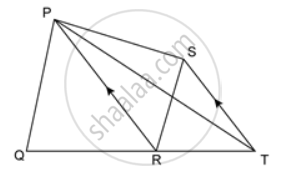
Solution
We have,
A(ΔPSR) = A(ΔPTR)
(Triangle on the same base PR and between the same parallel lines PR and ST)
Adding A(ΔPQR) on both sides, we get
A(ΔPSR) + A(ΔPQR) = A(ΔPTR) + A(ΔPQR)
⇒ A(Quadrilateral PQRS) = A(ΔPQT).
APPEARS IN
RELATED QUESTIONS
Show that the diagonals of a square are equal and bisect each other at right angles.
ABCD is a parallelogram and AP and CQ are perpendiculars from vertices A and C on diagonal BD (See the given figure). Show that
- ΔAPB ≅ ΔCQD
- AP = CQ
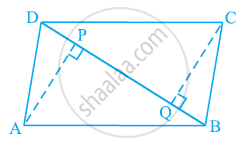
State, 'true' or 'false'
Every rhombus is a parallelogram.
State, 'true' or 'false'
Every parallelogram is a rhombus.
ABCD is a parallelogram having an area of 60cm2. P is a point on CD. Calculate the area of ΔAPB.
PQRS is a rectangle in which PQ = 12cm and PS = 8cm. Calculate the area of ΔPRS.
In the figure, if the area of ||gm PQRS is 84cm2; find the area of
(i) || gm PQMN
(ii) ΔPQS
(iii) ΔPQN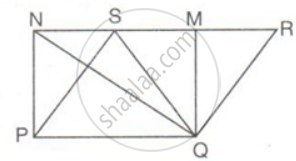
In the figure, PQR is a straight line. SQ is parallel to Tp. Prove that the quadrilateral PQST is equal in area to the ΔPSR.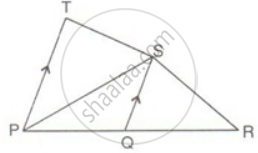
In the figure, AE = BE. Prove that the area of triangle ACE is equal in area to the parallelogram ABCD.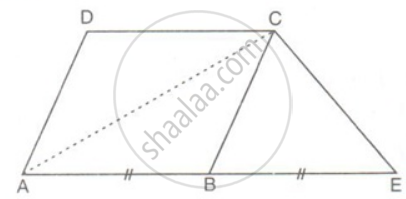
Find the area of each of the following figure: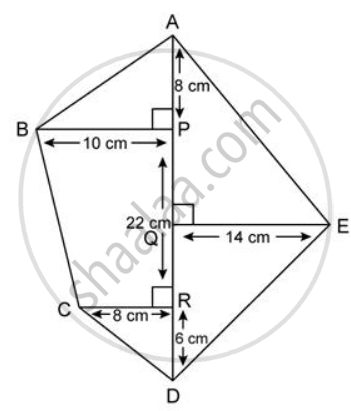
A rectangular field 240m long has an area 36000m2. Find the cost of fencing the field at Rs.2.50per m.
A rectangular floor 45 in long and 12 m broad is to be paved exactly with square tiles, of side 60 cm. Find the total number of tiles required to pave it.
If a carpet is laid on the floor such as a space of 50 cm exists between its edges and the edges of the floor, find what fraction of the floor is uncovered.
The length and breadth of a rectangular field are in the ratio 8 : 5. A 2m wide path runs all around outside the field. The area of the path is 848m2. Find the length and breadth of the field.
In quadrilateral ABCD, ∠A + ∠D = 180º. What special name can be given to this quadrilateral?
Give reason for the following :
Square is also a parallelogram.
A figure is said to be regular if its sides are equal in length and angles are equal in measure. Can you identify the regular quadrilateral?
Examine whether the following is a polygon. If it is not, say why?
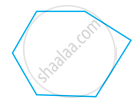
Examine whether the following is a polygon. If it is not, say why?

